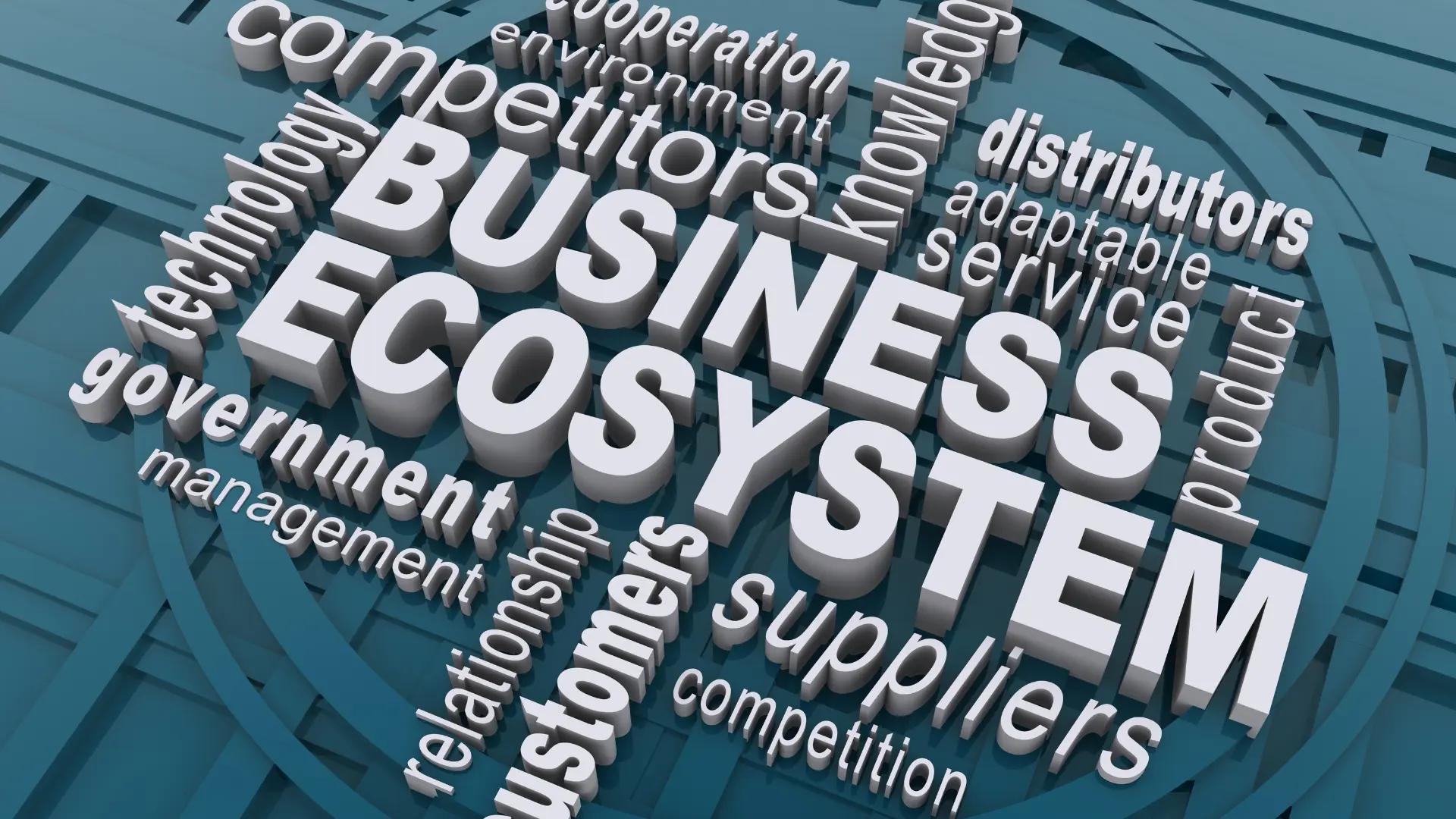Exploring How the Channel Ecosystem Is Changing: The Evolution Of The Ecosystem
The channel ecosystem is changing fast. We’ll be exploring the drivers that are causing these shifts and what they mean for each stakeholder group (i.e. resellers, MSPs, distributors and vendors). We will look to understand the lay of the land as we head into 2023, and how channel companies can adapt and thrive.
The New Digital Subscription Model Causing Channel Players To Adopt New Customer Success Strategies
As we head into 2023, the rise of digital subscription SaaS businesses will mean more marketplace digital journeys for the customer. This fundamental change to both purchasing and servicing requires channel players to firstly understand their customers and then review and improve the processes that customers must navigate when dealing with them.
Key Marketplace and Customer Journey Challenges for Resellers/MSPs/distributors/vendors
For the channel, the key challenge with marketplace selling and digital journeys is that it depersonalises the relationship between supplier and customer. The channel must adopt a customer-centric approach and focus on delivering its products and services in line with preferred buying journeys, whilst still adding value.
The best response to overcoming these hurdles is to prioritise customer success as a key business strategy. This should apply to every product sold and every category of customer. Some practical examples are:
Be customer-centric and look for those customers that have the highest likelihood of success. Tailor messaging to speak directly to the customer’s needs and ensure communication is clear using language that is easy to understand. Look to deliver a personalised experience by understanding the customer’s goals and what they need to achieve to realise value. According to Forbes, Customer-centric companies are 60% more profitable than companies that don’t focus on customers and 80% of customers say they are more likely to do business with a company if it offers personalised experiences.
Slick customer onboarding is essential for a positive first impression, helping customers get set up as smoothly and as quickly as possible. This increases their level of perceived value and encourages engagement. Forbes suggests that customers are likely to spend 140% more after a positive experience than customers who report negative experiences.
Offer proactive and reactive engagement to show that you care and are truly behind a customer’s success. This means addressing their challenges, building relationships and collecting testimonials. As new customers start to use a product or service, support needs to be available to answer their inevitable questions. Offer education in the form of training, webinars or an online knowledgebase. Keep an eye on customer engagement levels since an unengaged customer will not be gaining any value in a product or service and could result in becoming ‘at risk’. Current successful customers are often the strongest lever for attracting new customers and can lead to effective referral programmes. According to Forbes, a 2% increase in customer retention is the same to profits as cutting costs by 10%.
Monitor customer churn rates and understand cancellations. Churn rates usually reflect perceived value being delivered to customers. Reviewing cancellations is a good way to learn from customer experience and identify areas for product and service improvements as well as opportunities to reposition marketing messages. Forbes states that a 2% increase in customer retention is the same to profits as cutting costs by 10%.
What does an evolving channel mean for end customers?
The shift to cloud- and digital-native ecosystems will be good news for end customers, so long as their channel supplier becomes more customer focused and places them at the centre of everything they do. In order to satisfy end customers, the channel needs to understand customer buying journeys and their lifecycle to provide the right type of engagement at the right time, whether that be human interaction, automated responses, knowledge, support or proactive engagement.
Value propositions should also be customer-centric. As specialists in analytics, Tollring is an advocate of data-driven decision-making. Our analytics solutions add value to channel partner propositions by placing knowledge of customer interactions and behaviour at the heart of business decisions, which is critical to customer success.
Those organisations that understand their customers and deliver value, will thrive, and increase loyalty amongst their customers.

